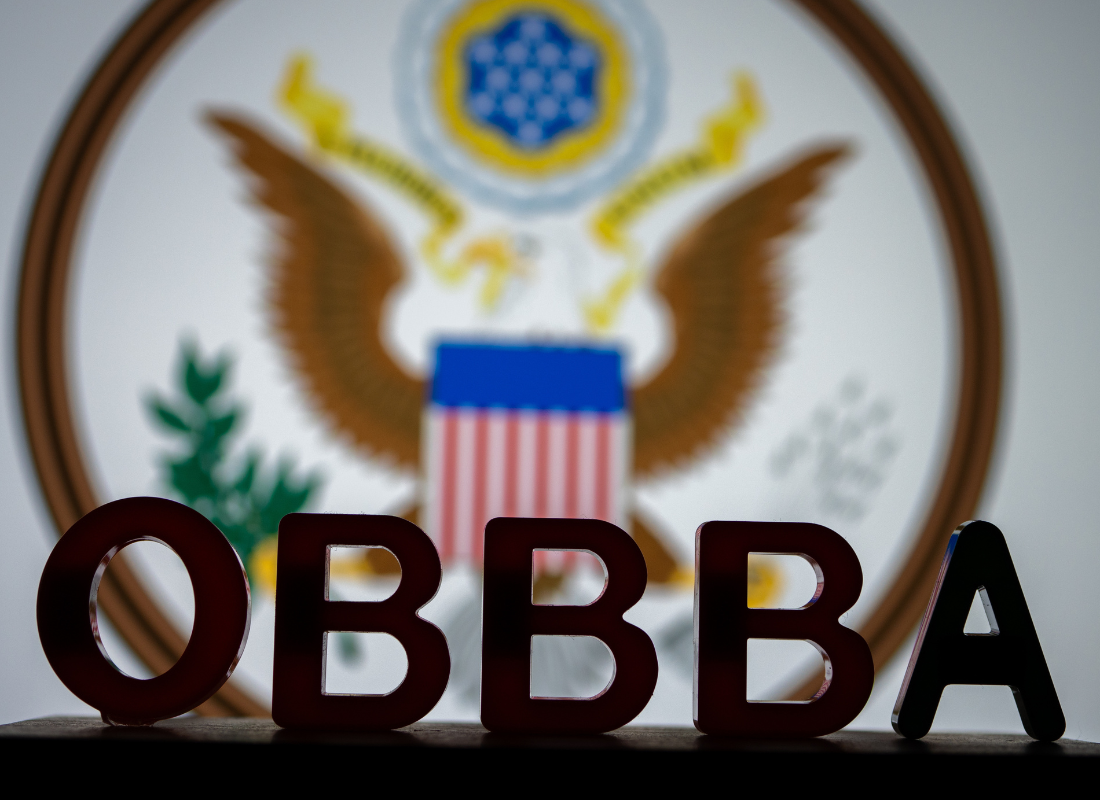Cryptocurrency Basics: What Your Organization Needs to Know
Originally published on October 17, 2022
Updated on November 14th, 2024
The year 2022 has brought a wild ride for the cryptocurrency markets with significant swings in market values. However, there’s still substantial interest in the ability to receive cryptocurrency in the form of donations or as payments for events within the higher education and nonprofit worlds.
Yet without a basic understanding of what it is and how it works, you could wind up missing out on some of the perks — or faced with big headaches. We’ve put together the essentials on cryptocurrency, from basic terminology to how it’s secured, bought and sold.
The Terminology
The IRS defines virtual currency as a digital representation of value, other than a representation of the U.S. dollar or a foreign currency (“real currency”), that functions as a unit of account, a store of value, and a medium of exchange. Some virtual currencies are convertible, which means they have an equivalent value in real currency or act as a substitute for real currency. Regardless of the label, assets with the characteristics of virtual currency will be treated as such for federal income tax purposes.
The IRS defines cryptocurrency (“crypto”) as a type of virtual currency that uses cryptography to secure transactions that are digitally recorded on a distributed ledger, such as a blockchain. Bitcoin is one example of a convertible virtual currency. It can be digitally traded between users and be purchased for or exchanged into U.S. dollars, Euros and other real or virtual currencies.
Bitcoin is an electronic token, with the supply intentionally limited and ownership determined by a blockchain algorithm. It is a decentralized system that operates outside of any structure of supervision or financial regulation. It has no backing of any central bank or pool of resources, labor or intellectual property. It only has a value to the extent that the counterparty is willing to accept it for value. (In contrast, the dollar is backed by the U.S. Treasury.)
A blockchain is a database that composes all of the transactions ever made in a particular virtual currency. When a transaction is entered, it’s transmitted to a decentralized network of peer-to-peer computers that validate the transaction by solving a combination of equations. Once transactions are validated, they’re grouped into blocks and permanently chained to other blocks when filled. Blockchains are not only used for cryptos, but also for other secure transactions like legal contracts and product inventories.
The Bitcoin blockchain is public and anyone can see the transactions. Your identity is not linked to your wallet addresses on the blockchain (read further for more on wallets). However, an observer with the right resources could link them. Bitcoin addresses are available to all, but the names of their owners are not, making it only relatively private.
Mining is the process of verifying new transactions on a blockchain. Miners receive portions of crypto for completing verifications of each transaction. Validating transactions requires specialized, high-end computers to solve sets of complex algorithms. This is known as a proof-of-work system, which essentially secures the transaction and protects it from malicious tampering.
The mining process is what has made cryptocurrency so secure, but it’s also costly in other ways. The electrical energy consumed by the computer power needed to mine it is significant and has environmental costs. Consumption for Bitcoin is estimated at 130 terawatt hours annually, which is roughly equal to the whole electrical consumption of the Netherlands.
When you make a transaction on certain blockchains (like Ethereum), a fee is associated with it. This fee is known as the gas price—a payment set by miners to compensate themselves for their energy costs (known as gas) associated with mining/validating transactions. You may have seen the term gas limit thrown around as well. This is the maximum gas price the person creating the transaction is willing to pay. A higher gas limit results in more work that can be done to execute the transaction.
A cryptocurrency exchange is where buyers and sellers meet to exchange dollars for crypto coins. Hundreds of exchanges exist, and they vary in the fees they charge and their security levels. Some well-known exchanges include: Binance.US, Coinbase, Kraken, Crypto.com, and Gemini.
A wallet is used to store the encryption material with a coded key or password. This provides access to your cryptocurrencies and allows you to send and receive different coins and tokens. Some wallets only support basic transactions while others include decentralized applications allowing you to loan out your cryptos to earn interest. Some crypto exchanges have wallets built into them.
To better understand the exchange process, compare it to sending an email. You need your password to log in to your account and your recipient’s address so the email knows where to go. Sending virtual currency is similar in that you need your wallet key or password to access your crypto and the intended recipient’s wallet address so they can receive it.
By the way, your key/password is critical. If it’s lost, you will not be able to access your coins. If your account is hacked or stolen, someone else could easily steal your tokens. It’s estimated 20% of all Bitcoin in circulation — worth billions — has been lost over the years, due at least in part to this issue.
You can also buy crypto on a platform like Robinhood, PayPal or Venmo. However, this often means you cannot simply withdraw your coins and move them to another platform. You would have to sell them and rebuy them on a different exchange to change wallets.
There are several types of digital/crypto/blockchain wallets, each of which has a trade-off of safety versus speed/convenience:
- Mobile wallets are available on phone apps such as Mycelium or Edge. Theft of your phone would essentially be equivalent to theft of your coins.
- Web-based wallets such as Coinbase or blockchain.com are associated with crypto exchanges. Exchanges can be hacked or shut down and result in the loss of your wallet.
- Desktop programs such as Atomic Wallet, Electrum, and Exodus can be downloaded to store coins on your computer’s hard drive. Hacks are still possible since your computer connects to the internet.
- Hardware (also known as cold storage or cold wallets) includes physical devices such as a USB drive not connected to the internet. There’s typically a password associated with the USB drive, which provides for an additional layer of protection. That said, you must connect the hardware to the internet to perform a transaction.
Wallets also differ in the backup options offered and the people in charge of maintaining the private keys used to access them. This is an important distinction in the event you lose your key. Some wallet service providers manage user keys, meaning you might be able to contact them to regain access. Other wallets are fully reliant on the user; with nobody to grant entry to your account, so you could be out of luck.
So how do you buy and sell cryptocurrency?
- Choose an exchange and a digital wallet. Wallets may be integrated with the exchange, or you may want one that is not integrated for additional security.
- Fund your account using traditional money. (Fees are higher for using wires/Pay Pal, debit or credit cards to fund your account.)
- Place your buy order for virtual currency using your exchange account.
- If you choose an exchange without an integrated wallet, select a safe wallet storage option. Most major exchanges have private insurance to protect you if the exchange is hacked and your wallet is integrated with that exchange.
- To sell, place a sell order through your exchange account. You can sell a portion or all of your coins either immediately or after designating a set price (limit). A short hold will be placed on the transaction by the exchange to ensure the sale has cleared. After that, you will be able to transfer the funds to your bank account. (Bear in mind there are tax implications of selling virtual currencies at a profit.)
Once you’ve mastered the basics of cryptocurrency, you’re ready to leverage its benefits for your organization. For example, the IRS sees cryptocurrency as property instead of traditional money. This means donating cryptos directly to a qualified nonprofit potentially avoids capital gain taxes for the donor. It also provides donors with a tax deduction equal to the fair value of the donated coins. You can use these advantages to identify and encourage new donors and donation channels.
As with any financial matter, we recommend consulting with your CPA when working with cryptocurrency at your organization.
All content provided in this article is for informational purposes only. Matters discussed in this article are subject to change. For up-to-date information on this subject please contact a James Moore professional. James Moore will not be held responsible for any claim, loss, damage or inconvenience caused as a result of any information within these pages or any information accessed through this site.
Other Posts You Might Like

